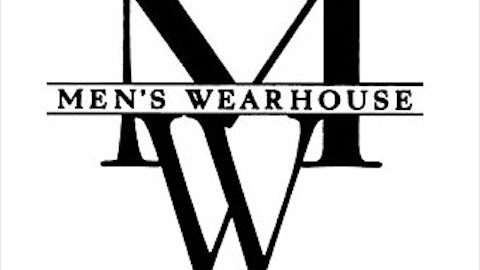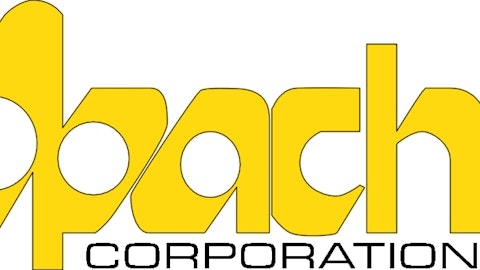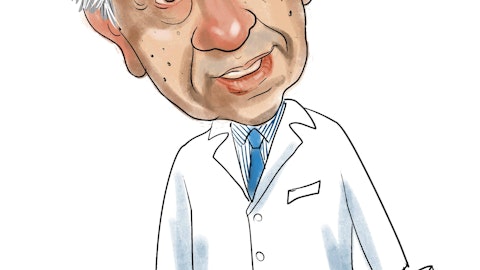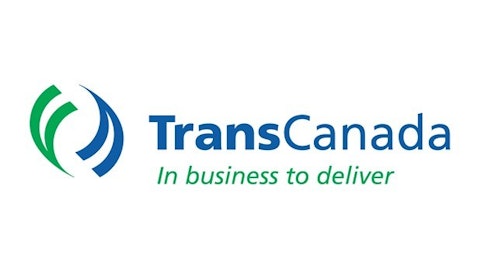What’s the most important development in the energy business?
No, it’s not not pipeline gridlock or hydraulic fracking. It’s the rising cost of drilling a well.
In 2000, the average drilling cost per well was just under $1 million. Today, the rush into unconventional oil and gas plays has caused that figure to increase five-fold. Here is how this trend is fundamentally reshaping the oil patch.
End of the wildcatter
The players in the game have changed.
Wild-eyed prospectors and gutsy entrepreneurs have always played off the energy industry. Up until ten years ago, all you needed to do to break into the business was your life savings and some extra cash from family and friends. Empires were founded for under $10 million.
Today, the entry price for multi-well drilling program (not to mention the regulatory burden) is over $100 million. That’s completely out of range for small players.
Today it’s sophisticated private equity firms and other financial institutions backing energy projects. To secure capital, producers are increasingly turning to cash rich Asian investors.
Bigger is better
Higher capital costs and factory-like operations point to an increasing need for economies of scale. Success in this business will be determined by securing the lowest cost of capital and eking out operational efficiencies. Investors should expect more consolidation.
Nowhere is this more obvious than Alberta where’s it’s becoming increasingly evident that the province is a big boys sand box.

Vulnerability to weak commodity prices
Steep depletion rates are the signature of unconventional wells.
Consider the projected production decline curve for a well owned by Kodiak Oil & Gas Corp (USA) (NYSE:KOG). This graph shows an estimated production decline of 85% by 2015.
For small shale firms like Kodiak Oil & Gas Corp (USA) (NYSE:KOG), steep production declines leaves the company a short amount of time to generate enough cash flow to fund its next round of drilling. If commodity prices fall during this period, the company could be left with a portfolio of leases by no funds to drill the next hole.
When you find yourself in this situation you get bought out on the cheap.
Need for a strong balance sheet
Companies in the oil business are known for spending all of their cash and then some. But greater sensitivity to commodity prices increases the need to hold more capital in order to sustain drilling programs.
Problems at companies like Chesapeake Energy Corporation (NYSE:CHK) will no longer be tolerated. For years the company generated negative free cash flows, aggressively using debt to fund new land purchases and dividends.
This policy resulted in massive losses when natural gas prices plunged in 2012. Chesapeake Energy Corporation (NYSE:CHK) lost $770 million and the share price collapsed 60%. As a result the company was force to slash its drilling program and sell off assets to shore up the balance sheet.
Looking around the oil patch, there are other potential disasters brewing.
The same thing that happened with Chesapeake Energy Corporation (NYSE:CHK), for instance, could easily happen to Oasis Petroleum Inc. (NYSE:OAS)
Last year, Oasis grew production in the Williston Basin 70% year-over-year. Management has grown reserves at a 120% compounded annual growth rate since 2009.
While those growth numbers are impressive, Oasis has funded most of that growth through $1.2 billion in external borrowing.
If prices fall, Oasis will be forced to shed assets and pursue a more sustainable growth strategy. As Fool contributor Matt DiLallo recently pointed out, a company can only outspend its cash flow for so long before it bumps up against its limits.
Foolish bottom line
The oil business of the 21st century will look a lot different from the previous. The industry will favor the big over the bold and the capitalized over the leveraged. Re-position your portfolio accordingly.
The article How This Trend Is Completely Reshaping the Energy Business originally appeared on Fool.com and is written by Robert Baillieul.
Robert Baillieul has no position in any stocks mentioned. The Motley Fool has the following options: Long Jan 2014 $20 Calls on Chesapeake Energy, Long Jan 2014 $30 Calls on Chesapeake Energy, and Short Jan 2014 $15 Puts on Chesapeake Energy. Robert is a member of The Motley Fool Blog Network — entries represent the personal opinion of the blogger and are not formally edited.
Copyright © 1995 – 2013 The Motley Fool, LLC. All rights reserved. The Motley Fool has a disclosure policy.





